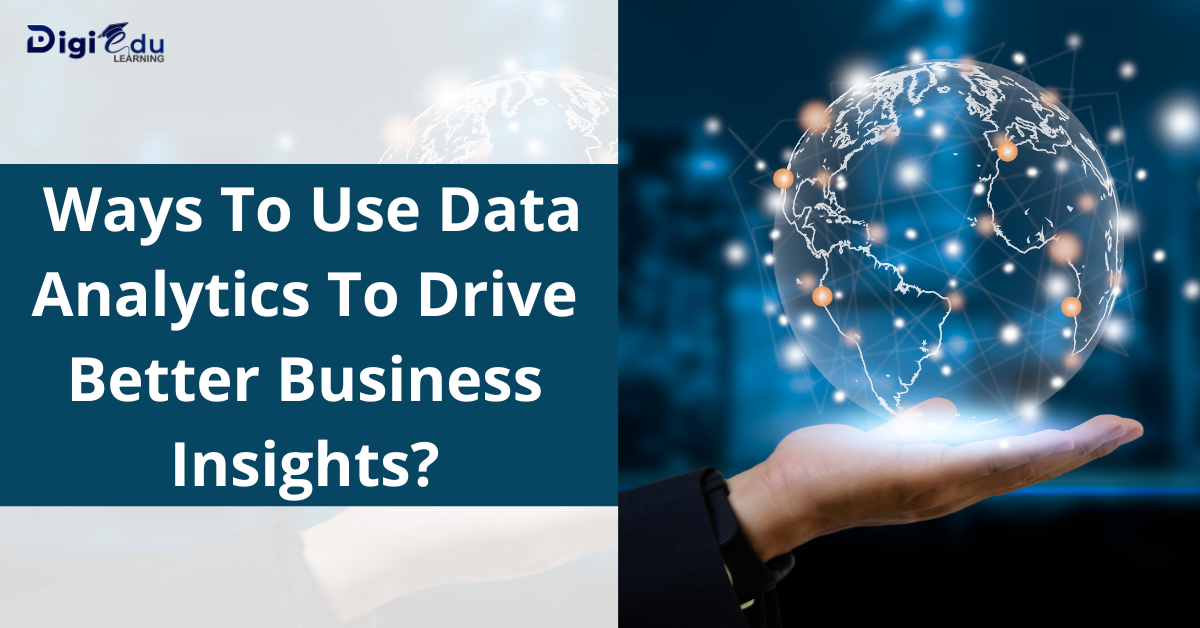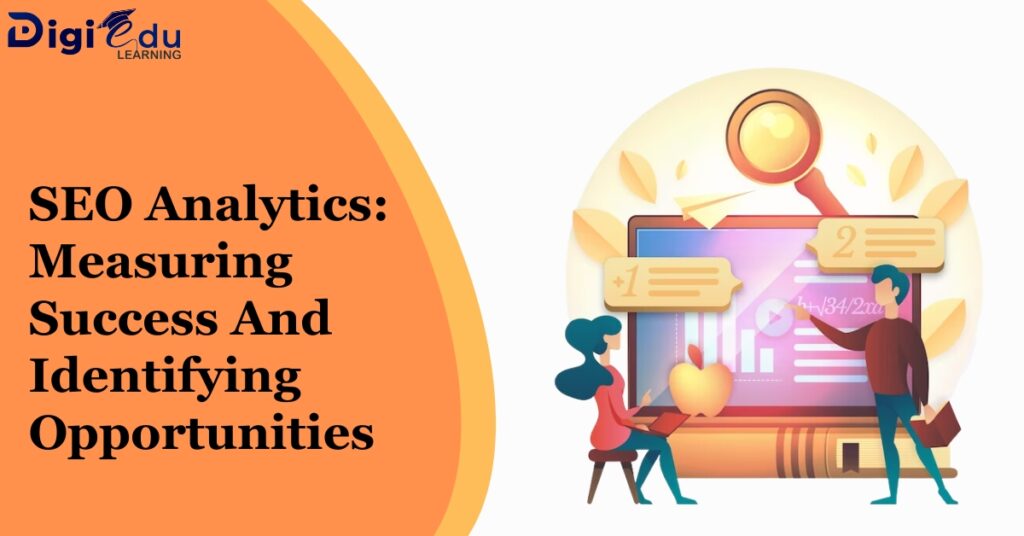Data analytics is one of the most powerful tools for business leaders. It can help you identify trends and predict future events, improve decision-making processes, and optimize operations. But how do you get started? This guide will teach you how to use data analytics to drive better business insights in your organization.
#1 Data Analytics Can Be Used In Different Ways
Data analytics is a tool that can be used in many ways. It can help you make decisions, optimize processes and predict trends. In the end, data analytics helps to generate business intelligence (BI).
Data analytics will help you gain insight into your customers’ behaviors and preferences that would not have been available without this type of analysis. For example, if you have a loyalty program for customers who purchase from your website or store then you will know which products are best suited for them based on their spending patterns over time. This information could then be used as part of marketing strategies because it gives an indication about what kind of products might sell well within certain demographics – something which would not have been possible without using data analytics tools such as Google Analytics or Adobe Campaign Monitor.
#2 Businesses Use It To Make Data-Driven Decisions
Data analytics is a tool that can be used by businesses to gain insights from their data and make better decisions. It helps businesses understand and analyze their customers, employees, products, and services better than ever before. With this information you can improve your business operations in many ways:
You may be able to identify new markets or customers who would benefit from your product or service;
You can use this information as a basis for improving productivity by finding ways of improving processes within your organization;
You will be able to predict future trends based on past experiences with similar situations (e.g., if there are always complaints about something then maybe we should try changing it).
#3 Performance Metrics Are Quantifiable Measures
Metrics are quantitative measures of progress. They can be used to measure the success of a person, project, or company. A good example of this is the annual sales volume for your business; this metric will tell you how much revenue your company has generated in a year—the higher it goes, the better.
Metrics can also be used to measure the performance of an individual employee or team member within an organization. For example, if you want to evaluate whether someone at work is performing well enough on their job duties (and what they need help with), then measuring their productivity would be one way to do so effectively while also showing how well they’re doing compared with other people who work alongside them.”
#4 Performance Metrics Are Usually Tracked By Key Performance Indicators
Performance metrics are usually tracked by key performance indicators (KPIs). A KPI is simply a metric that helps you measure the success of your business.
For example, if you want to track how many times a customer visits your website and how long they stay on it, then you would set up two different KPIs: number of visits and average time spent on site. The first one tells you how many people have visited your site in total; the second one tells you what percentage of them spend more than 30 seconds on it. These numbers can be used as evidence against which decisions need to be made by management so they can make better decisions based on actual data instead of relying solely on gut instinct or hunches about what should happen next—which often ends up being wrong!
#5 Analytics Is A Powerful Tool For Optimization And Insight
Analytics is a powerful tool for optimization and insight. Basically, it’s a process of collecting, analyzing, and interpreting data. Analytics can be used to predict future trends and make decisions based on the information gathered. The use of mathematical techniques to analyze data in order to make predictions about future outcomes based on past behavior (e.g., customer churn rates). Data scientists are experts at this kind of analysis because they have a thorough understanding of statistical theory and machine learning algorithms that allow them to interpret complex datasets into something actionable for business leaders who need better insights into their customers’ needs—or even just their own company’s performance!
#6 Predicting Trends Can Help You Plan For Future Challenges
This is the most important part of the article. If you want to be successful in your business, then it’s important that you understand how data analytics can help you drive better business insights and make informed decisions about potential issues in your organization. In this section, let’s discuss some examples where analytics has been used successfully:
1. Predictions on customer behavior (e.g., trends)
2. Predicting revenue through marketing campaigns or promotions
3. Developing sales strategies based on past performance
#7 Analytics Generates Business Intelligence You Can Use To Drive Growth
Analytics is a powerful tool that can help you make better decisions, understand your customers and business, and grow. It’s not just about the numbers—it’s about how the data can help you shape your company strategy.
Analytics helps you understand:
1. Your customers by providing insight into their buying patterns and preferences across different channels
2. The effectiveness of marketing campaigns by identifying which ones are working best or not at all
3. How well your team is performing in terms of sales or service delivery
Conclusion
Data analytics is a powerful tool for driving business performance. Analytics can help you make data-driven decisions by optimizing your processes and identifying opportunities for growth. It also provides a way to monitor key performance indicators, which let you see how well your business is doing in relation to competitors or industry standards. By implementing analytics into your company’s workflow and operations, you’ll have the power to make better-informed decisions about how things are going






